 | Chainlink is a service provider to blockchains and the dApps that run on those blockchains. Primarily used by developers for all the compute functions of their smart contract products. You can access the Chainlink network on the following blockchains, L2’s and side chains;
Other notable mentions; Cosmos can be accessed through their EVM chain. Few more I haven't mentioned. As of today, over 1,500 dApps use Chainlink; https://www.chainlinkecosystem.com/ What does Chainlink do? Blockchains are isolated decentralised computers. Being isolated means they don’t have access to any information outside of their blockchain. Chainlinks original primary purpose is to bring the required data to blockchains in a secure and decentralised manner. As there is no point having a decentralised blockchain, if the data that triggers the smart contracts on said blockchain is centralised and therefore easily manipulated. This dilemma is a more commonly called the oracle problem. For example, you go to Arbritrum and want to buy $500 worth of Eth with the stable coin of your choice. The ethereum blockchain has no idea how much eth is worth in relation to USD. The smart contract (a token swap is still a smart contract!!!) would first call chainlink data feed for that [price oracle]( https://market.link/feeds/ETH%20%2F%20USD) , the blockchain would then issue the correct amount of eth in exchange for your USD tokens. How does chainlink ensure that the data is correct in a decentralised manner? Using the example of Eth/USD again; it currently has 54 sources of data within this decentralised oracle network (DON). These data points are aggregated, outliers are removed and the most common price presented. In order to manipulate a Chainlink price oracle, you will need to gain control over half of the data providers in each DON. To date; Chainlink has never failed to deliver the data requested. While price feeds are the main core of chainlinks business, in my opinion they are no longer the priority. I like to think of them as the hook to get dApps involved in chainlink. Chainlink’s other products and current usecases: VRF – Verifiable random function. (https://chain.link/vrf) Decentralized Autonomous Organizations (DAOs) and other decentralized communities can use Chainlink VRF to fairly and transparently select participants during the creation of a sub-DAO committee or when selecting jurors for an arbitration process. Use Chainlink VRF to create more engaging and unpredictable gameplay experiences for users, such as using randomness to determine the chance a user has to hit an opponent in an on-chain fighting game based on predefined parameters. Use Chainlink Keepers to automatically trigger the minting of NFT assets and Chainlink VRF to assign verifiably random attributes and traits to each minted NFT asset. Smart Contract Automation – Previously referred to as Keepers (https://chain.link/automation) The Chainlink Automation network monitors smart contracts and performs off-chain computations to determine when on-chain functions need to be called, providing a decentralized transaction automation service. [COTI’s crypto volatility index]( https://chain.link/case-studies/coti) that allows users to hedge against market volatility, impermanent loss. Uses chainlink automation to trigger the rebasing mechanism once a day. FFS - Fair sequencing service (https://blog.chain.link/arbitrum-and-chainlink-fair-sequencing-services/) Currently, the majority of transactions on etheruem are front run by the staking validators. The validators will get a block of transactions, and they will order them in a manner to gain the Maximal Extractable Value (MEV). Be this by placing their transactions in front of others (front running) or by sandwich attacks for maximum financial benefit to the validator. Obviously this is not cool and makes the entire system less trustworthy. I also personally think is why the majority of large enterprises went the private chain route based on eth code. Chainlink solves this by utilising a DON (decentralised oracle network) to order transactions based on time submitted. Making it fair, transparent and predictable for all users. Arbritrum is due to launch FFS. https://www.chainlinkecosystem.com/ecosystem/arbitrum Proof of reserve (https://chain.link/proof-of-reserve) Automated auditing process to ensure the funds a defi dApp claims to have, actually exist. (Looking at you Celsius / Luna). CCIP (Cross chain interopability protocol ( https://chain.link/cross-chain) CCIP provides a single-messaging interface for all cross-chain communication. It enables easy integration into any smart contract application with only a few lines of code, ensuring developers don't waste effort in writing custom code to integrate separately with each chain. Whereas most interoperability solutions involve bringing all chains into one (QNT, DOT, COSMO), Chainlink’s does not. Each chain will remain ‘isolated’ with all communication for smart contract interaction feed through DON’s. Chainlink Cross-Chain services will include a new risk management system called the Anti-Fraud Network. An independent network of nodes will proactively monitor the blockchain network to detect fraudulent activity and take preventive actions to protect financial loss in a trust-minimized way. This will result in a standardized interface for smart contracts to send messages to any blockchain network. With a single method call, developers can communicate across any Chainlinked blockchain. For example, your incredibly valuable NFT jpeg (sarcasm) is on the eth network. But the lending rates on Avalanche are much more attractive. It will be possible to confirm you own the NFT on eth, interact with the lending protocol on avalanche, receive the USD lend amount and your NFT deposited onto the lending platform using one smart contract. The possibilities are endless. It will open up an entire new market of multi-chain dApps, you won’t even know what blockchain you are interacting with. Swift are currently doing a proof of concept using CCIP https://www.coindesk.com/business/2022/09/28/swift-partners-with-crypto-data-provider-chainlink-on-cross-chain-protocol-in-tradfi-play/, linking all the various CBDC’s together across one platform with a singular messaging service. How does this add value to the LINK token? The LINK token is based on the ERC677 token standard. This allows token transfers to contain a data payload. The standard was [created](https://github.com/ethereum/EIPs/issues/677) by Steve Ellis (Co-founder Chainlink). In simple terms, you transfer the token, you receive the data. **TOKEN NEEDED**. Examples of live contracts in action, loaded with LINK; https://automation.chain.link/ Select the blockchain you wish to see on the top right. The data providers/Oracles are then rewarded that token as payment. Please see rewards section : https://market.link/overview Staking (https://blog.chain.link/chainlink-staking-roadmap/) Staking v0.1 will be released in December. 75million LINK tokens will be taken out of circulation to provide collateral to the ETH/USD price feeds. (Yes, 75million link is required to adequately protect the eth/usd feed from Sybil attacks. 1 price feed from 300ish) The staked LINK tokens will be add a key security mechanism to Chainlink. Rewards and penalties will be applied to incentivize the networks proper operation. If an oracle network fails to meet its obligations, a portion of the staked LINK will be slashed and redistributed. Competition will be created between the oracle networks based on how much LINK is staked, as a data user will more likely pick the network with the largest amount of LINK staked, as that network will have more of an incentive to meet the requirements of that end user. Or they lose a lot of LINK. Eventually, this will not just apply to price feeds. Oracles performing cross chain automation will require LINK to be staked to ensure standards are met etc etc. DECO DYOR on DECO – I think this will be the linchpin to enterprise adoption. Can someone tell me why? My opinion Chainlink have cornered the market. 1,500 projects use chainlink, because their developer tools are the best, and the services are reliable. What does chainlink get in return? A healthy revenue and a virtuous circle of LINK tokens within the blockchain economy. Their management is expecting blockchain products to interact directly behind the standard Web2.0 interface, and chainlink will be that bridge between web2.0 and web3.0. The majority of users will have absolutely no idea their banking transactions now operate through a blockchain, via a chainlink oracle. Chainlink is aiming to be the HTTPS/TLS/SSL of web3.0. They are best positioned to achieve this. They have the [best team]( https://chainlinklabs.com/) to reach it. [link] [comments] |

You can get bonuses upto $100 FREE BONUS when you:
💰 Install these recommended apps:
💲 SocialGood - 100% Crypto Back on Everyday Shopping
💲 xPortal - The DeFi For The Next Billion
💲 CryptoTab Browser - Lightweight, fast, and ready to mine!
💰 Register on these recommended exchanges:
🟡 Binance🟡 Bitfinex🟡 Bitmart🟡 Bittrex🟡 Bitget
🟡 CoinEx🟡 Crypto.com🟡 Gate.io🟡 Huobi🟡 Kucoin.




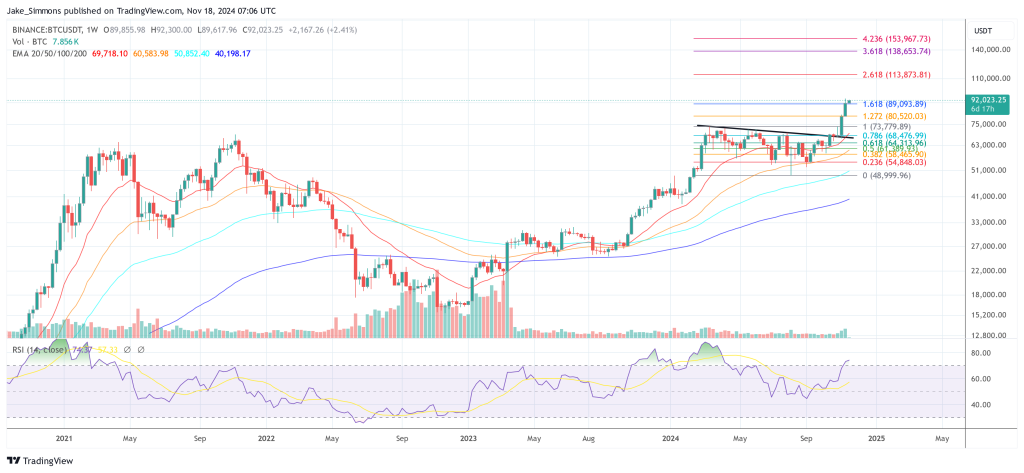






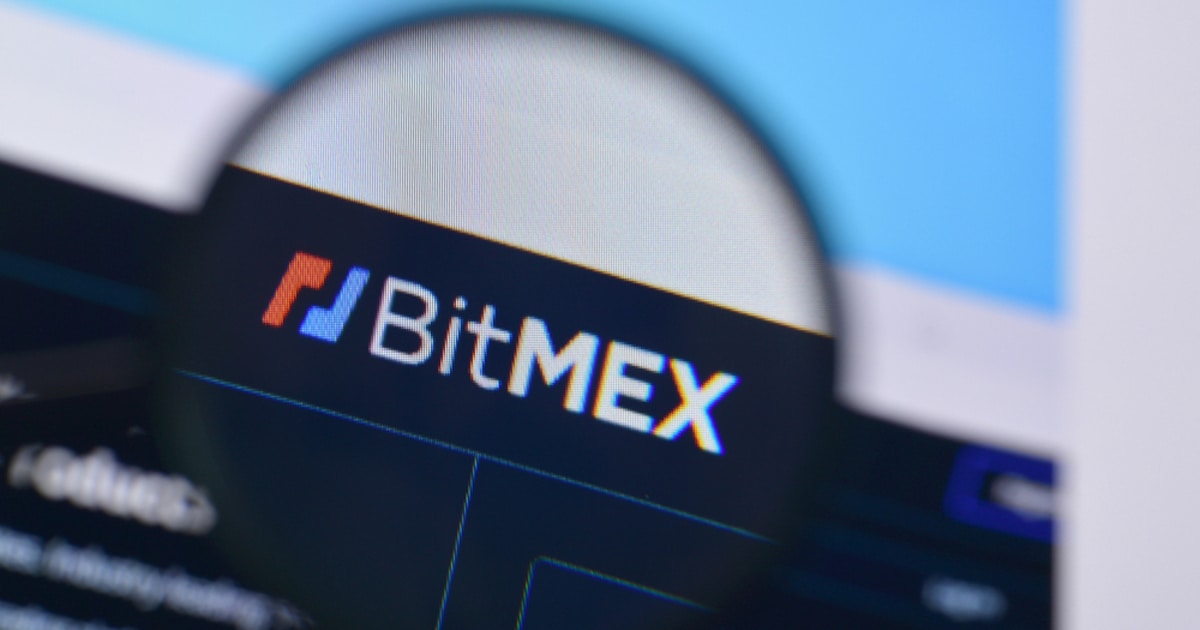
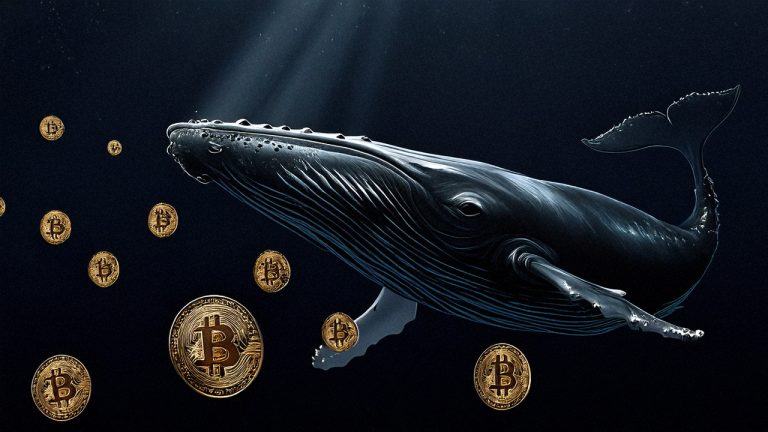

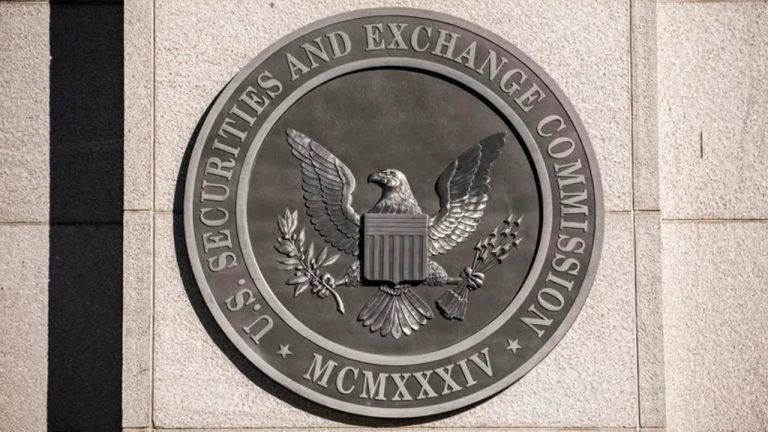

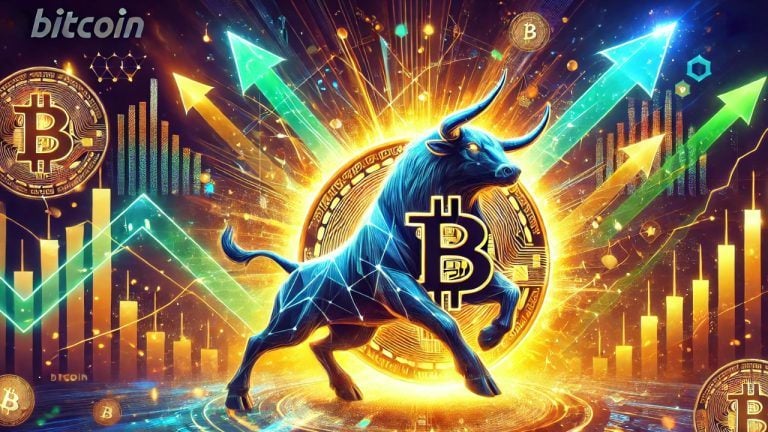

Comments